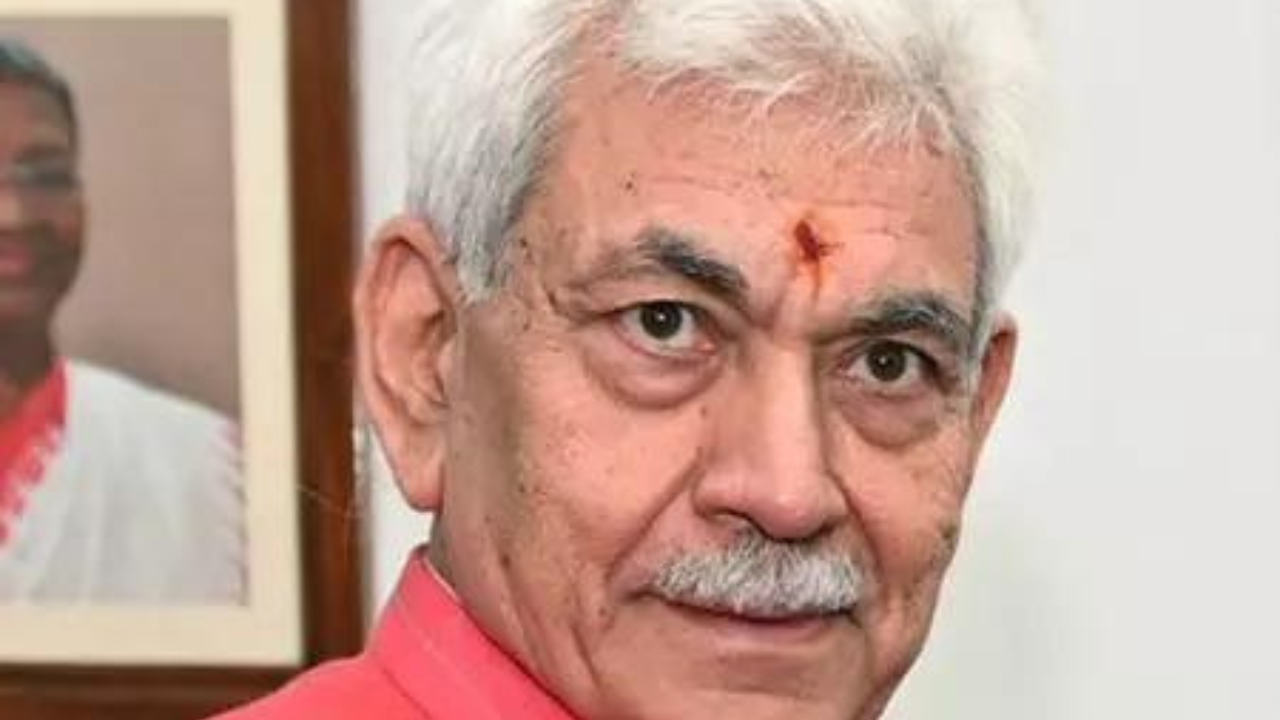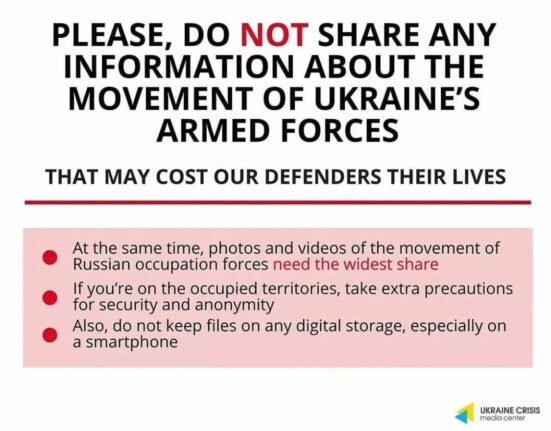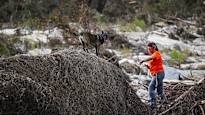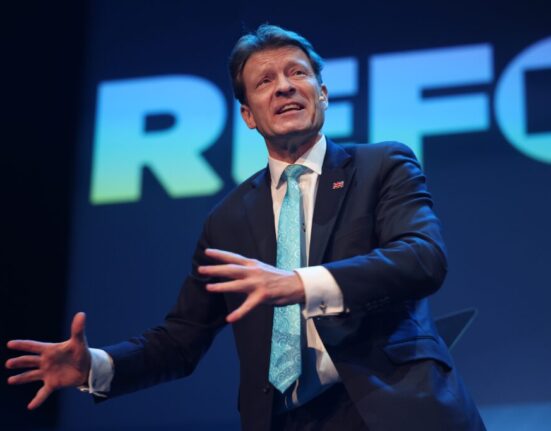In the picturesque valley of Kashmir, where every word spoken holds weight in the delicate balance of politics and identity, recent remarks by Lieutenant Governor Manoj Sinha have sparked a new wave of discussions and debates. Sinha’s bold stance against what he terms as ‘demographic invasion’ has not only raised eyebrows but also ignited a firestorm of opinions and reactions across the region.
To understand the gravity of Sinha’s statement, one must delve into the complex tapestry of Kashmir’s history and the ongoing socio-political dynamics that shape its present. The term ‘demographic invasion’ strikes at the heart of a long-standing issue in the valley – the demographic changes brought about by migration and settlement patterns over the years.
Sinha’s assertion that such talk echoes the narrative of The Resistance Front (TRF), a militant outfit operating in the region, adds another layer of complexity to the discourse. By drawing parallels between mainstream political rhetoric and insurgent narratives, Sinha highlights the interconnectedness of seemingly disparate voices in the Kashmiri landscape.
Dr. Sameer Yasir, a political analyst specializing in Kashmir affairs, emphasizes the significance of Sinha’s comments, stating, “Sinha’s framing of demographic changes as ‘invasion’ aligns with nationalist sentiments but also risks inflaming existing tensions.”
The concept of demographic change is not unique to Kashmir but resonates with broader global debates on migration, identity, and belonging. As the world grapples with issues of displacement and resettlement, Kashmir stands at the crossroads of history, where every shift in population demographics carries profound implications for its future trajectory.
Professor Ayesha Jalal, a renowned historian focusing on South Asian studies, underscores the historical resonance of demographic transformations, noting, “Kashmir’s demographic makeup has been a contentious issue for decades, reflecting broader struggles for power and control.”
The narrative of ‘demographic invasion’ evokes images of a society in flux, where competing visions of territoriality and sovereignty collide. For Kashmiris, whose daily lives are intertwined with the intricate web of politics and conflict, discussions around demographics are not just theoretical but deeply personal, shaping their sense of identity and belonging.
As debates around Sinha’s remarks continue to unfold, it is essential to consider the implications of such discourse on the ground. The language we use to describe demographic shifts can either bridge divides or deepen existing rifts, influencing not just policies but also societal attitudes and perceptions.
Dr. Roshan Khayal, a sociologist studying conflict resolution in Kashmir, highlights the role of language in shaping perceptions, stating, “Words like ‘invasion’ carry historical baggage and can evoke strong emotions, making dialogue and reconciliation more challenging.”
In a region where every word spoken reverberates through the mountains and valleys, the choice of language is not merely semantic but laden with historical, cultural, and political significance. Sinha’s critique of ‘demographic invasion’ serves as a reminder of the power of words to shape narratives and the urgent need for nuanced, inclusive discourse in navigating the complexities of Kashmir’s reality.
As Kashmir continues to grapple with the echoes of its past and the uncertainties of its future, Sinha’s words stand as a reflection of the intricate dance between memory and hope, fear and aspiration. In a land where every voice carries the weight of generations, the conversation around ‘demographic invasion’ is not just about statistics or numbers but about the very soul of a people seeking to define their own destiny.









Leave feedback about this